Have you ever wondered just how big those slithering serpents in Alabama’s waterways can get? I sure did when I first moved to the Heart of Dixie!
Alabama is home to several species of water snakes that often get mistaken for their venomous cousins, the cottonmouths.
Discover just how massive these misunderstood creatures can actually grow!
Getting To Know Alabama’s Water Snakes
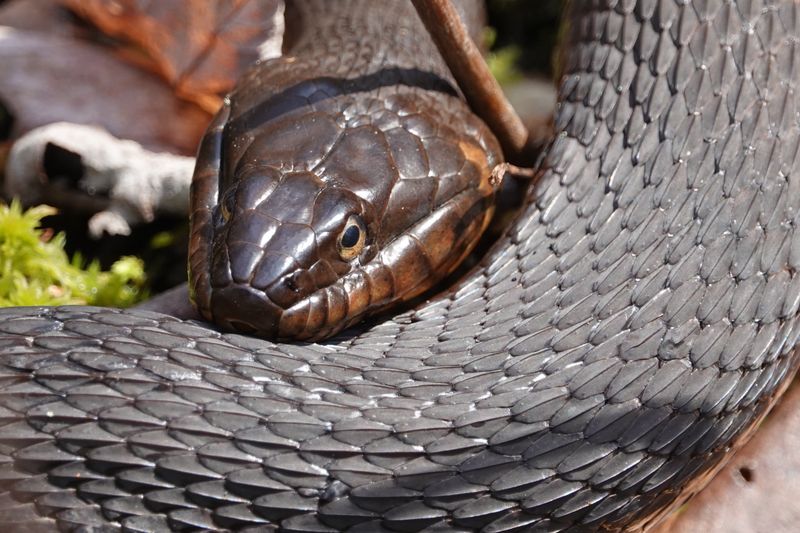
The first time I encountered a water snake while fishing on Lake Guntersville, I nearly tipped my canoe in panic! Alabama hosts several non-venomous water snake species, primarily from the genus Nerodia.
Most common are the Northern Water Snake, Midland Water Snake, and Brown Water Snake.
These incredible reptiles are often confused with cottonmouths due to their chunky bodies and aquatic habits.
Water snakes have round pupils and lack the facial pits seen in venomous species. Their heads are more oval-shaped rather than triangular, though they’ll flatten their heads when threatened, making identification tricky for novices like I once was!
So, How Big Do Alabama’s Water Snakes Really Get?
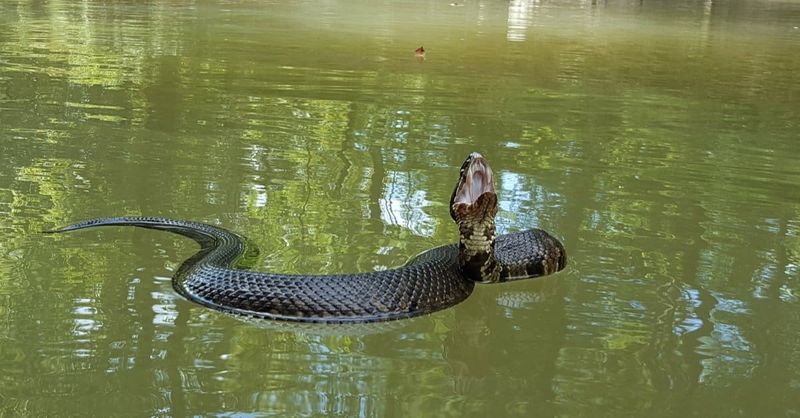
Let me set the record straight about these misunderstood creatures! The Brown Water Snake (Nerodia taxispilota) wins the size contest among Alabama’s water snakes, reaching an impressive 4-5 feet in length when fully grown.
The Northern Water Snake (Nerodia sipedon) typically maxes out around 3.5 feet, while the Midland Water Snake averages 2-4 feet. Female water snakes generally grow larger than males – a common trait in the snake world.
While these measurements might seem intimidating, remember they’re nowhere near the mythical 8-10 foot monsters of campfire tales. The heaviest specimens rarely exceed 3-4 pounds.
Legends And Lore: The Giant Water Snake Myth
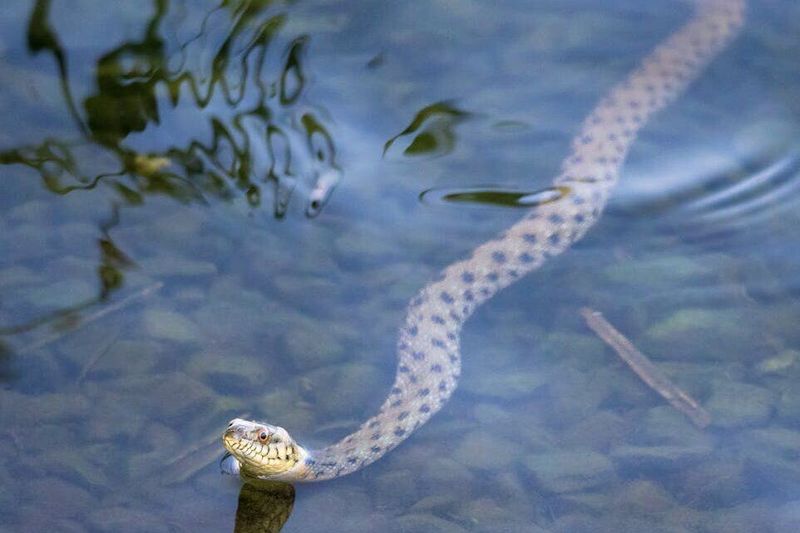
My grandfather used to terrify us kids with tales of 12-foot water moccasins lurking in Alabama’s creeks! These exaggerated stories have deep roots in Southern folklore, where snakes often symbolize danger and mystery.
The reality? No credible scientific evidence supports claims of water snakes exceeding 6 feet in Alabama. Many “monster snake” stories originate from misidentification of harmless species or optical illusions where water magnifies a snake’s size.
Historical accounts from early settlers describe enormous water serpents, but these likely stemmed from fear of unfamiliar wildlife or confusion with other species like alligators. Next time someone swears they saw an 8-foot water snake, hand them a tape measure!
Spotting The Difference: Identifying Water Snakes
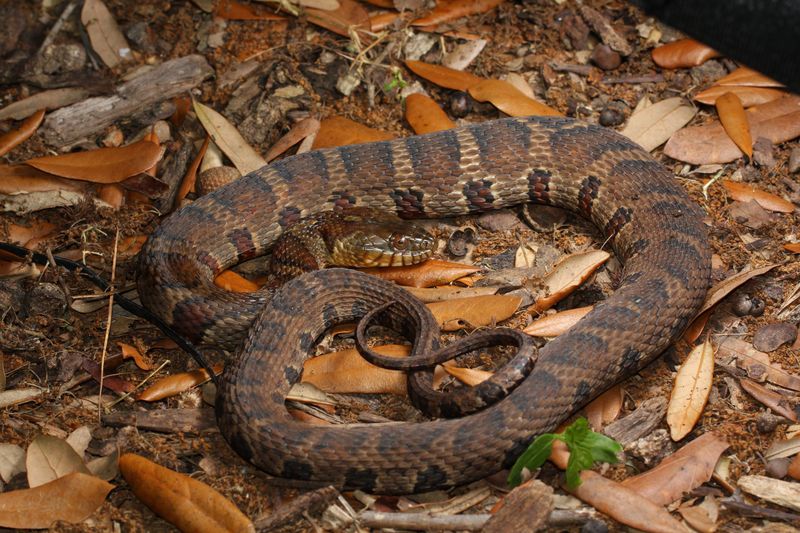
Alabama’s water snakes display varied patterns depending on species and age, from the Brown Water Snake’s distinctive rectangular blotches to the Northern’s crossbands.
Water snakes typically have keeled scales (with ridges) giving them a rough appearance. Their bodies are relatively thick for their length with colors ranging from brown to reddish or grayish.
Unlike cottonmouths, they swim with only their heads above water, not their entire bodies.
When startled, they’ll flee rather than stand their ground – though they might bite defensively if cornered, as I painfully discovered while trying to photograph one!
Where They Live: Habitats And Range Across Alabama
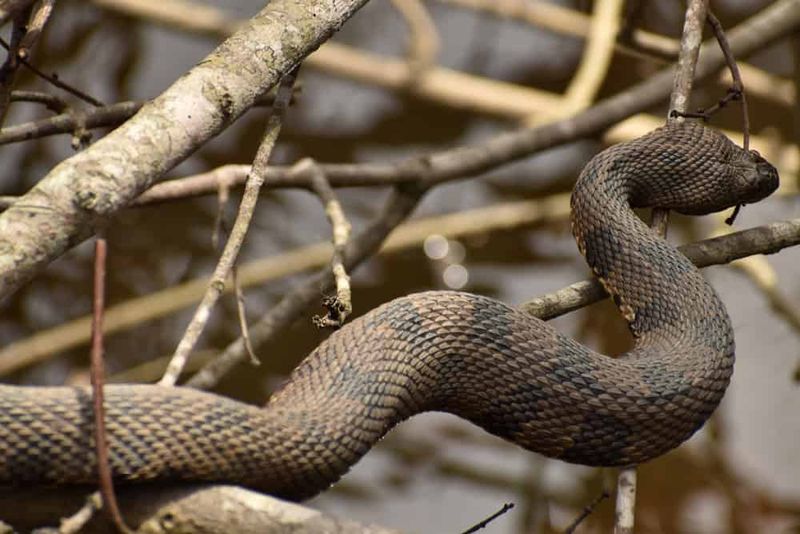
Water snakes don’t just hang out in any old puddle! These adaptable reptiles thrive throughout Alabama’s diverse waterways, from the Tennessee River’s rocky shores to the murky swamps of the Mobile Delta where I’ve spotted dozens during kayaking trips.
Brown Water Snakes prefer larger rivers and lakes with plenty of overhanging branches for basking.
Northern Water Snakes adapt to various aquatic environments including small streams and farm ponds. Midland Water Snakes favor shallow, vegetated waters where prey is abundant.
Most fascinating is how these snakes partition habitats – different species often occupy different niches within the same waterway, reducing competition and allowing multiple water snake species to coexist.
What They Eat And How They Act
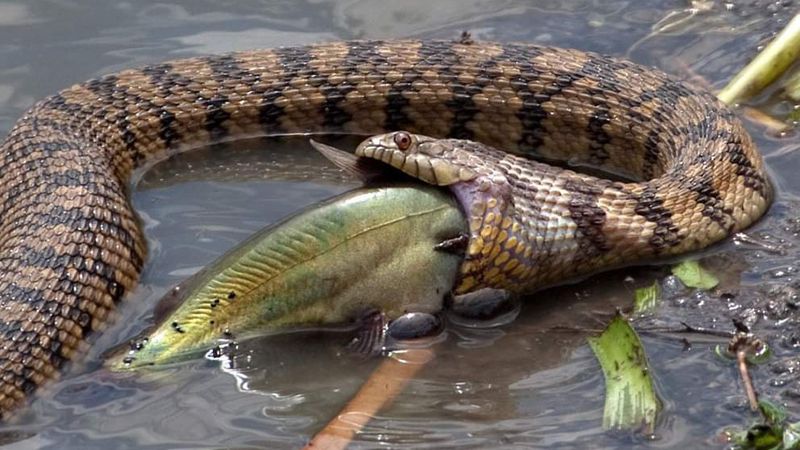
Watching a water snake hunt is like witnessing a prehistoric drama unfold! These efficient predators primarily feast on fish, frogs, salamanders, and crayfish. The larger specimens can even take small mammals and birds that venture too close to the water’s edge.
Water snakes are ambush predators with remarkable patience. They’ll hang motionless from branches or float quietly before striking with lightning speed. Unlike many snake species, they don’t constrict their prey – instead, they grab it with their powerful jaws and swallow it alive.
During breeding season (spring to early summer), males engage in combat dances for female attention. I once watched two Brown Water Snakes twisting around each other in an impressive display of serpentine strength!
Close Encounters: What To Know About Seeing One

Heart racing, palms sweaty – spotting a massive water snake can be terrifying! Most Alabama water snake encounters happen during warm months when these creatures bask on logs or swim near shorelines.
Contrary to popular belief, most water snakes aren’t venomous. The cottonmouth (water moccasin) is the exception.
If you spot one, simply back away slowly. No sudden movements! These reptiles typically flee rather than confront humans. Carry a walking stick to gently move vegetation when hiking near water, and always watch your step on muddy banks where these masters of camouflage rest.
Ways You Can Help Protect Alabama’s Native Snakes
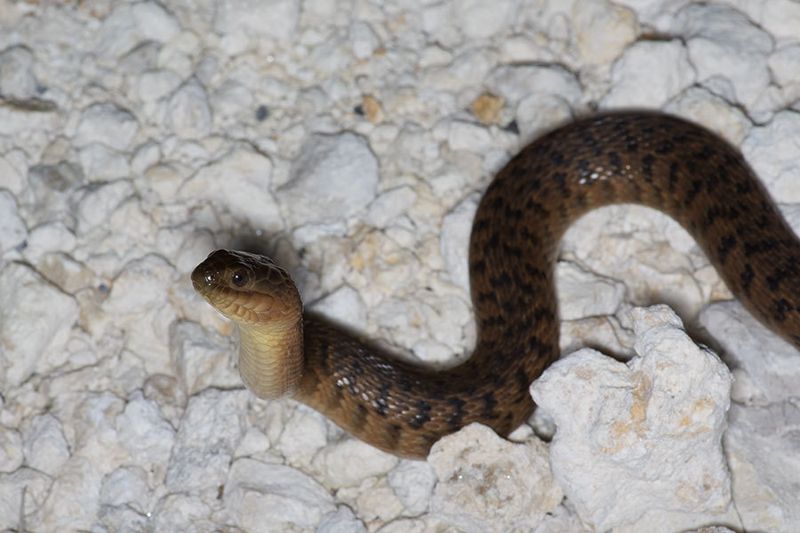
Water snakes control rodent populations and serve as food for larger predators like birds and alligators.
You can become a citizen scientist by downloading the HerpMapper app to document snake sightings across the state. These observations help researchers track population changes and habitat needs.
Creating snake-friendly spaces in your yard with rock piles and brush areas provides safe havens. When boating, avoid disturbing shoreline vegetation where snakes nest. Remember: even the massive Northern Water Snake, reaching 5 feet in length, deserves protection as a vital part of Alabama’s wetland ecosystems.
Final Thoughts: Respecting The Real Giants Of Alabama Waters
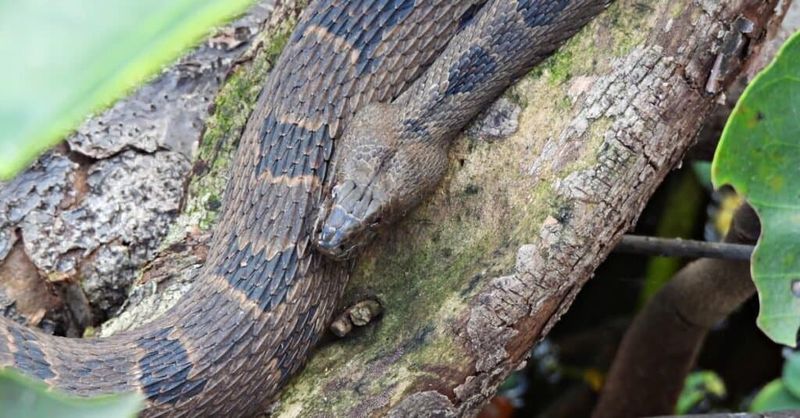
The stuff of fishing tales often includes stories of 10-foot water snakes lurking beneath Alabama’s murky waters. Scientific reality? Not quite so monstrous. The record-holder among Alabama’s water snakes is the non-venomous Brown Water Snake at approximately 5.5 feet.
Fishermen sometimes mistake these impressive creatures for branches when they hang from trees above creeks. Their remarkable ability to hold still while hunting contributes to their perceived size.
Respect grows from understanding: these aren’t mythical monsters but remarkable survivors adapting to changing environments.
By giving these misunderstood reptiles space to fulfill their ecological role, we ensure Alabama’s aquatic ecosystems remain balanced for generations of outdoor enthusiasts to enjoy.
